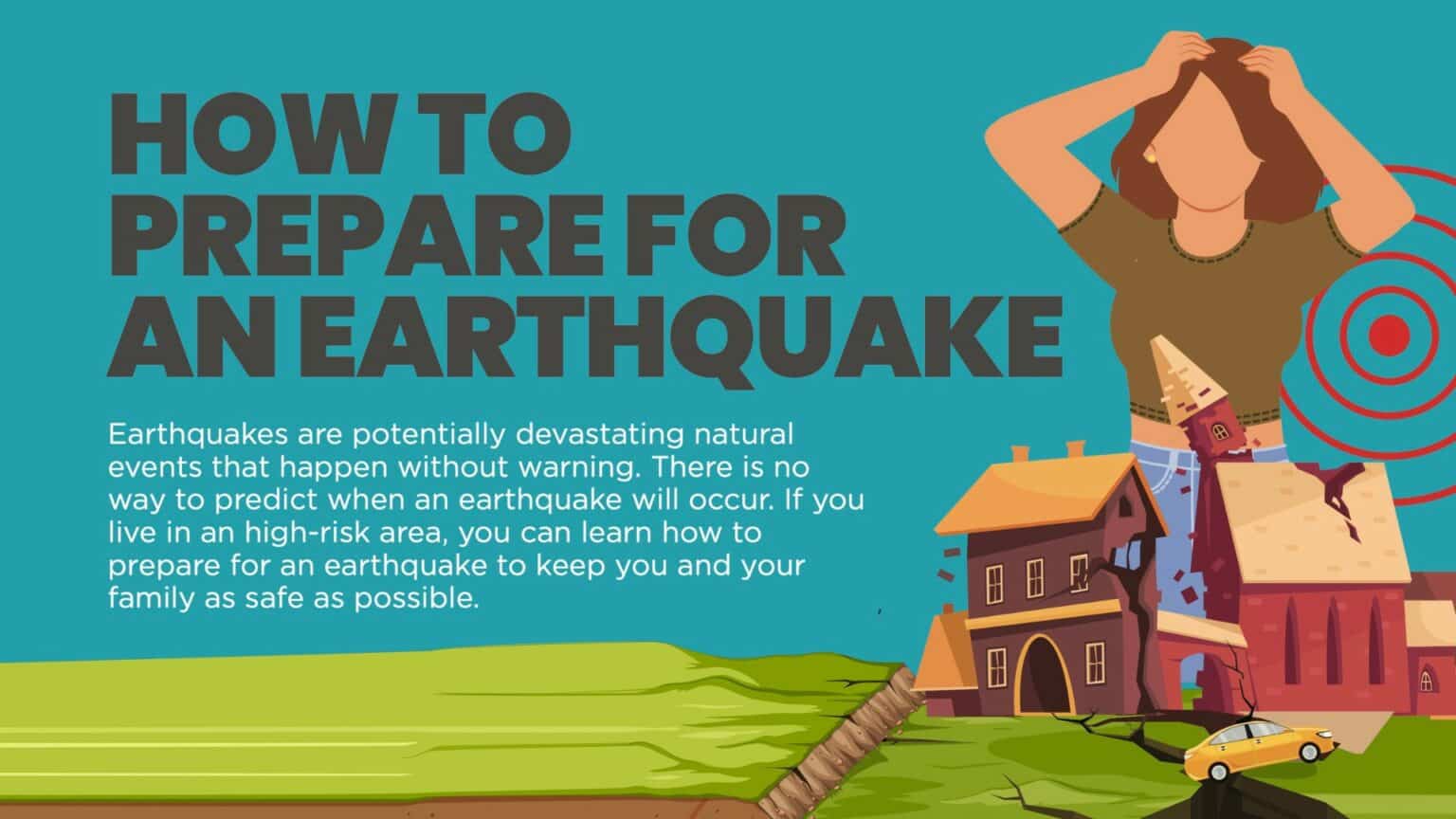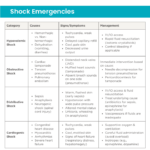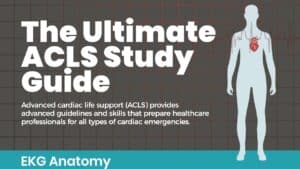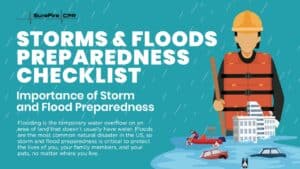Earthquakes are potentially devastating natural events that happen without warning. They can happen anywhere, but high-risk areas include California, Oregon, Washington, Alaska, and Hawaii, according to Ready.gov. They also tend to occur more often in the deep south, around the Mississippi Valley.
There is no way to predict when an earthquake will occur. If you live in an earthquake-prone area, you can learn how to prepare for an earthquake to keep you and your family as safe as possible. Our infographic will give you a quick step-by-step guide to earthquake preparation.
What is an Earthquake?
An earthquake is a sudden shaking of the earth. It occurs when two blocks of rock underneath the earth’s surface shift and slip past each other. The result is a fast, intense movement that can cause buildings to collapse, fires to start, and other natural events like tsunamis to occur.
Earthquakes are sometimes preceded by foreshocks, which are smaller tremors before the main tremor happens. Scientists have no way of knowing if a foreshock is a foreshock until the main earthquake (mainshock) occurs. Aftershocks always follow a mainshock and may continue for days or weeks afterward.
The first sign of an earthquake may be a rumbling sound that grows louder. The sound may be accompanied by a rolling or shaking sensation. In some cases, the first indication of an earthquake may be a sudden, intense jolt, followed by shaking.
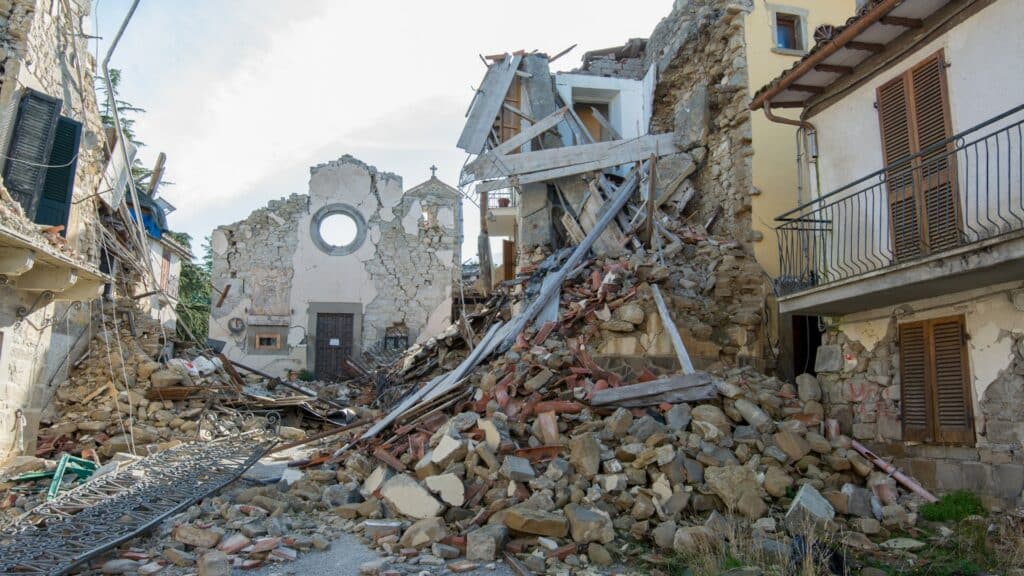
The Importance of Earthquake Preparedness: The Impact of Earthquakes
Earthquakes can have a destructive and devastating effect on property and lives. In December 2022, a magnitude 6.4 earthquake struck near Ferndale, California, killing 2 people and injuring 17 more. Tremors also damaged homes, roads, and utilities. A series of earthquakes that hit near Ridgecrest, California in 2019 did not result in any reported deaths, but did cause more than $1 billion in damage.
You may not know when or where an earthquake will strike, but you can know how to prepare for an earthquake in the event you experience one. With an earthquake preparedness plan for your family, you can increase your odds of keeping your home and your family safe.
Before the Earthquake
The first step in earthquake preparation is to create a family emergency plan. It is essential that every family member knows the plan, including where to go, what to take, and how to communicate with other family members in the event they get separated.
Your Family Emergency Plan
An effective family emergency plan begins with communication. Keep in mind that cell phones may not work in this situation, so set up a meeting place for all family members in the event you get separated or the earthquake occurs while some members are at work or school. Your meeting place should be outdoors and in a location that will be easy for all family members to remember.
If you are home when an earthquake occurs, have an evacuation plan in place. Know how to exit every room in your home and add equipment like a rope ladder if necessary. Make sure all your family members know the drop, cover, and hold on steps to protect themselves when an earthquake begins suddenly. Locate utility valves and switches so you can turn them off if necessary. Make sure every family member knows the location of fire extinguishers in the house as well.
Establish an out-of-town contact (like a friend or relative) and make sure everyone has the name and number of the person. Notify the person you choose that they are your designated contact as well. It may be easier to call someone out of state rather than call someone locally after a natural disaster like an earthquake.
Once your earthquake preparedness plan is established, don’t stop there. Practice makes perfect, so hone your earthquake preparation by practicing your evacuation plan, stage earthquake drills, and go over the drop, cover, and hold on steps so they come instinctively to all your family members.
Preparing for an Earthquake with a Survival Kit
One of the most important ways to prepare for an earthquake is to assemble a supply kit. An earthquake kit will provide items you may need afterward, in the event you lose power, water supply, or other necessities in the immediate aftermath. This kit is created to remain in your home to ensure you have essentials like food and water. It should be kept in a box or bag in a safe area of your house that is easily accessible.
Your earthquake kit should include the following items:
- Water and food to last your entire family for at least 3 days
- A manual can opener if you are including canned goods in your pantry items
- A first aid kit to ensure you can treat non-life threatening injuries
- Flashlights and a battery-powered radio with extra batteries
- A fire extinguisher
- Whistle to help others find your location if you become trapped
- Swiss army knife
- Copies of personal documents like birth certificates and passports
- Credit cards and cash (opt for smaller bills)
In addition, consider specific needs of each of your family members, such as prescription medications or an extra pair of glasses.
The USGS (US Geological Survey) also recommends organizing important documents so they are accessible in the event of a natural disaster. You may also be able to avoid financial hardship by considering insurance coverage in the event of earthquake damage.
Is Your Home Earthquake-Proof?
Most Californians live within 30 miles of an active fault, according to the California Earthquake Authority. If you live in the state, your earthquake risk is likely to be high. Securing your home will go far in minimizing damage and keeping your family safe if an earthquake occurs.
Some things to target when you are earthquake-proofing your home include:
- Furniture – secure tall, heavy pieces of furniture to the wall
- Large, heavy objects – move to lower shelves or secure in cabinets
- Heavy pictures and mirrors – remove from walls over beds or sitting areas
- Kitchen appliances – strap ovens and refrigerators to the wall
- Cabinets – install latches so they can’t fly open easily
- Water heater – strap it to the wall and bolt it to the floor
- Tree limbs – prune all limbs close to your house or garage
- Poisonous and flammable products – store outside away from the house
Outside your home, check for any cracks in your foundation and make repairs as necessary. If your home was built before 1980, you may need to retrofit the structure with foundation anchoring. Seek expert advice to ensure your home is structurally sound to withstand an earthquake.
During the Earthquake
If an earthquake occurs, your first priority is to protect yourself with 3 basic steps:
- Drop – Drop to your hands and knees to prevent falling but allow yourself to still move if necessary.
- Cover – Find cover for your entire body if possible, under a heavy piece of furniture like a table. If you can’t protect your entire body, at least cover your head and neck with your hands and arms.
- Hold – Grab hold of a table or desk and be prepared to move if it moves.
If you are using a wheelchair or walker, you should follow the same steps by locking the wheels on your device, leaving forward and covering your head and neck with your arms and hands, and maintaining your position until the shaking stops.
After the Earthquake
The first thing to do in the aftermath of an earthquake is get to a safe location, which may mean evacuating the building you are in. Listen for shifting or unusual noises, or look around for structural damage to know whether the building is safe. If you are trapped, bang on metal or use a whistle to notify others of your location.
If you remain in the building, turn off all utilities (gas, water, electricity) if possible to prevent future hazards. Aftershocks will occur after the mainshock occurs, and unstable buildings may suffer additional damage during these tremors.
Check your area for others who might be injured and help them if you can. Be prepared with general first aid training so you are equipped to provide support to those around you who may need assistance.
Life-Saving Skills for Earthquake Preparedness
First aid and other emergency skills are essential for everyone, but become particularly critical for people who live in earthquake-prone areas. These skills can make the difference between life and death when disaster strikes.
Check those around you for responsiveness by tapping their shoulder and shouting, “Are you okay?” If you don’t get a response, look at the chest to see if it is rising and falling. If it is not, your victim needs CPR, which entails a series of chest compressions and rescue breaths. Get your CPR certification now so you are ready if an emergency arises.
If anyone around you is wounded, you should try to stop the bleeding by applying firm, steady pressure on the wound. If manual pressure is not effective, you may need to consider a tourniquet to get the bleeding under control until help arrives.
Fire Safety After Earthquakes
Fire risk is high after an earthquake, so fire safety preparedness is a critical element in the aftermath of one of these events. If a fire starts where you are, get yourself and others out as quickly as you safely can. If it is a small fire and you know how to use a fire extinguisher, you can use that first to try to put out the flames. If the area is filling with smoke, remain as close to the ground as possible as you are exiting.
If someone’s clothing catches fire, remember “stop, drop, and roll.” Stop the person from what they are doing, drop them to the ground, and roll them back and forth until the fire is out. Once the flames are out, apply water to the burns and call for help.
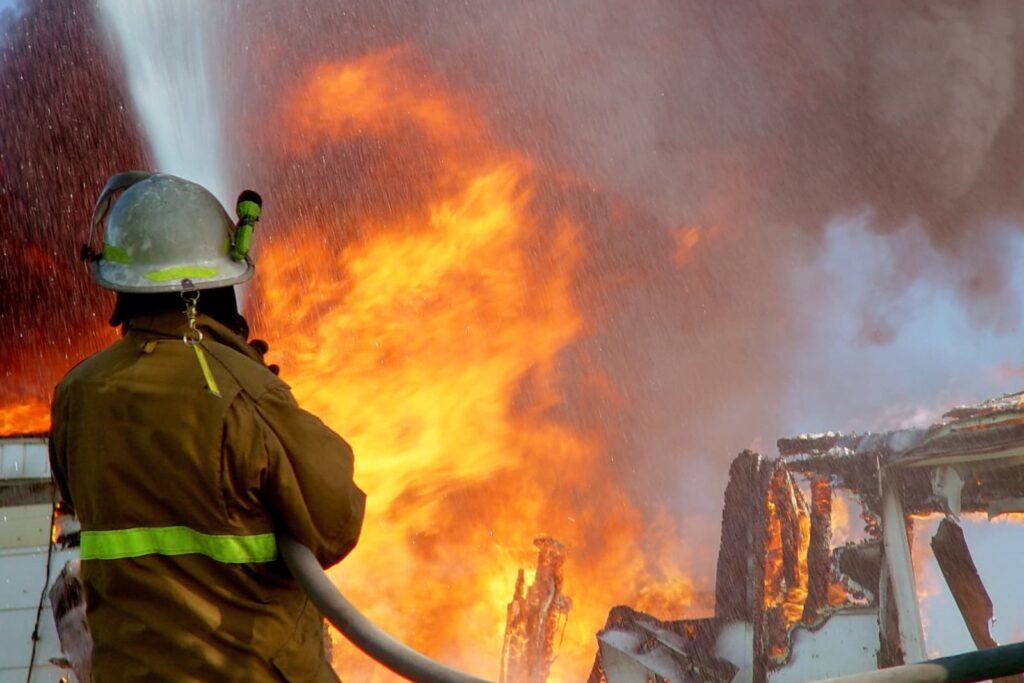
Know Where to Go for Information
When disaster strikes, you need to know where to turn for the most up-to-date information. When access is available, updates are posted regularly on websites like https://lacounty.gov/, which will list shelter locations and other vital information. Local broadcast stations will also have current information.
During an emergency, your portable radio often becomes your most reliable source of information. Satellite radio and local broadcasters will also provide the information you need to know where to go and what to do in the aftermath of an earthquake.
Always. Be. Prepared.
You may not be able to predict when an earthquake will strike, but you can be ready if one ever does. Our infographic will show you how to prepare for an earthquake – before, during, and after it occurs. From equipping your home against potential hazards to ensuring everyone in your family has basic earthquake preparedness and first aid training, what you do today will make a big difference if disaster does ever strike.

